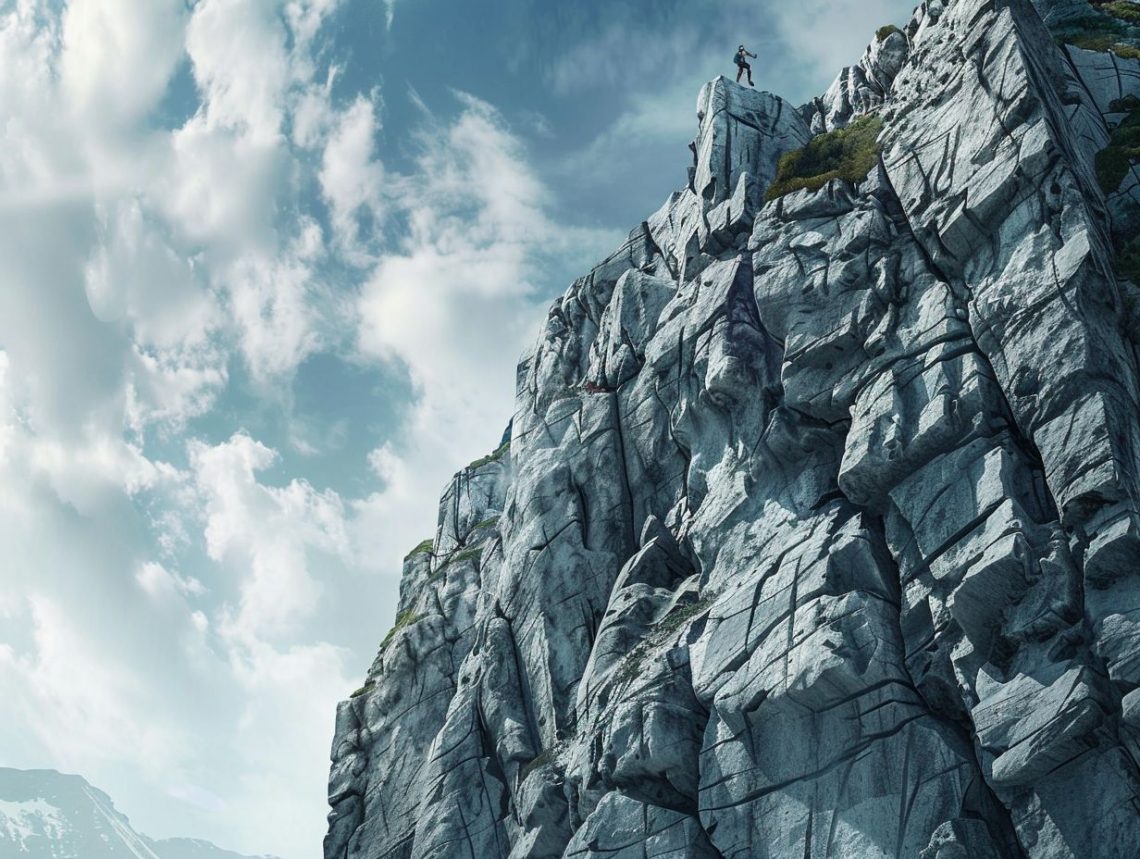
Who Should Not Climb Kilimanjaro
Are you considering embarking on the adventure of climbing Kilimanjaro?
Before you lace up your hiking boots and pack your gear, it’s important to understand who should not attempt this challenging feat.
From individuals with pre-existing medical conditions to pregnant women and those with limited physical fitness, there are certain groups who may not be suited for the journey to the summit.
In this article, we will explore the risks of climbing Kilimanjaro and how to properly prepare for this epic trek.
Key Takeaways:
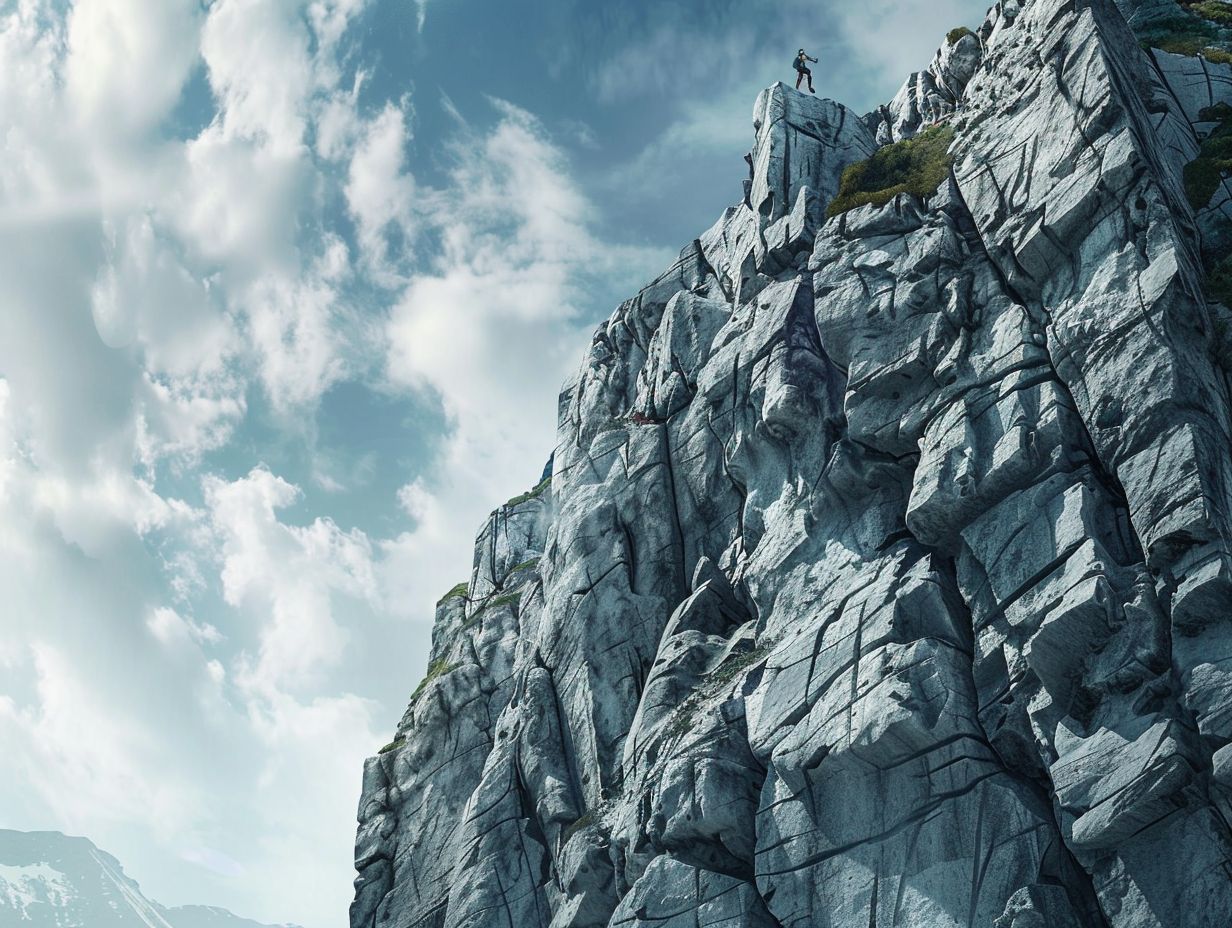
- Individuals with pre-existing medical conditions should not attempt to climb Kilimanjaro due to the strenuous physical demands and potential risks of high altitude.
- Children under the age of 10 and pregnant women should not climb Kilimanjaro due to the potential risks and dangers associated with high altitude and extreme weather conditions.
- People with limited physical fitness and those who are prone to altitude sickness should avoid climbing Kilimanjaro to prevent potential health complications and injuries.
Who Should Not Attempt to Climb Kilimanjaro?
While Kilimanjaro offers a thrilling adventure, certain individuals should refrain from attempting the climb to ensure their safety and well-being.
Specific groups, including individuals with pre-existing medical conditions such as heart problems, respiratory issues, or severe allergies, as well as those with limited physical fitness or suffering from altitude sickness, should carefully evaluate their readiness before embarking on this challenging journey.
1. People with Pre-existing Medical Conditions
Individuals with pre-existing medical conditions such as heart problems, respiratory issues, or high blood pressure are at an increased risk of complications due to altitude sickness when climbing Kilimanjaro.
Altitude sickness can be particularly dangerous for those with underlying health concerns, as the reduced oxygen levels at higher altitudes can exacerbate existing conditions.
Symptoms of altitude sickness include headaches, nausea, dizziness, and fatigue, which can further strain individuals already dealing with heart or respiratory issues.
It is crucial for those with medical conditions to consult with their healthcare providers before embarking on a climb to ensure their safety.
Medical professionals can provide personalized advice and recommend appropriate precautions to minimize the risks associated with high-altitude climbs.
2. Children Under the Age of 10
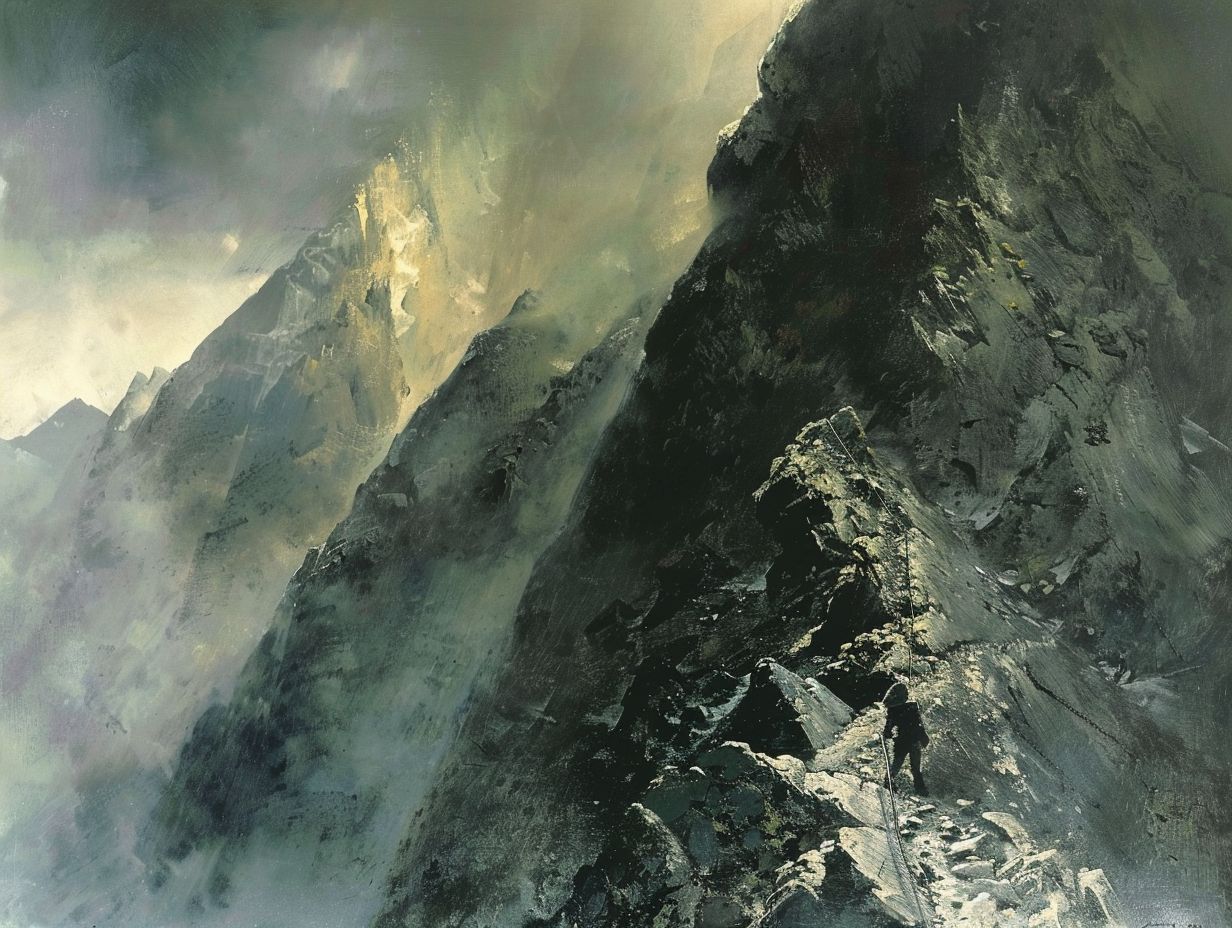
Children under the age of 10 are generally not recommended to climb Kilimanjaro due to the potential health risks and challenges associated with high altitudes.
High altitudes pose numerous risks to young children, including altitude sickness, dehydration, and exhaustion.
The physical demands of climbing Kilimanjaro, such as long treks, rocky terrain, and unpredictable weather conditions, can be overwhelming for kids.
It is crucial for parents and guardians to prioritize safety and consider age-appropriate activities when planning mountain adventures with children.
Ensuring proper acclimatization, hydration, and monitoring for signs of altitude sickness are essential precautions to safeguard young climbers on challenging expeditions.
3. Pregnant Women
Pregnant women are advised against climbing Kilimanjaro due to the potential health risks and safety considerations associated with high-altitude trekking.
Exposure to high altitudes can lead to decreased oxygen levels in the blood, which may have adverse effects on both the mother and the developing fetus.
Pregnant women are at a higher risk of altitude sickness, which can result in symptoms like headache, dizziness, and nausea.
The physical exertion required for climbing Kilimanjaro can put extra strain on the body, potentially causing complications for the pregnancy.
It is crucial for expectant mothers to prioritize the well-being of themselves and their unborn child by seeking guidance from healthcare providers.
4. People with Limited Physical Fitness
Individuals with limited physical fitness may struggle with the rigorous demands of climbing Kilimanjaro, especially during the steep ascents and high altitude conditions.
Mount Kilimanjaro, standing majestically in Tanzania, is not only the highest peak in Africa but also a challenging trek for even the most seasoned hikers.
Tackling the unrelenting slopes and thinning air can quickly become overwhelming without adequate training and preparation.
Proper physical conditioning is essential to build the strength and stamina required to navigate the steep terrain and combat altitude sickness.
Without these crucial elements, climbers risk fatigue, muscle strain, and even more serious altitude-related health issues.
5. Individuals with Altitude Sickness
People who have a history of altitude sickness or are prone to its symptoms should carefully consider whether climbing is a suitable undertaking due to the heightened risk of complications.
Altitude sickness, also known as acute mountain sickness (AMS), is a condition that can occur when individuals ascend to high altitudes without giving their bodies enough time to acclimatize to the reduced oxygen levels.
The lack of oxygen in high-altitude environments, such as that found on Kilimanjaro, can lead to various symptoms ranging from mild headaches and nausea to more severe complications like pulmonary edema or cerebral edema.
For those with a history of altitude sickness, the risks of experiencing these symptoms are significantly higher, making the climb exceptionally perilous.
What are the Risks of Climbing Kilimanjaro?
Climbing Kilimanjaro presents various risks, including altitude sickness, hypothermia, dehydration, and potential injuries.
1. Altitude Sickness
Altitude sickness, also known as acute mountain sickness, can occur when ascending to high altitudes too quickly, leading to symptoms such as headaches, nausea, and fatigue among climbers on Kilimanjaro.
When climbing Kilimanjaro, the rapid gain in altitude puts climbers at risk of experiencing severe symptoms like dizziness, shortness of breath, and even disorientation.
The lack of oxygen at higher altitudes can lead to potentially life-threatening conditions such as high altitude pulmonary edema and high altitude cerebral edema.
Thus, proper acclimatization becomes crucial to allow the body to adjust gradually to the reduced oxygen levels.
Climbers must follow a slow ascent rate, taking time to acclimate at various altitudes along the trek to minimize the chances of altitude-related illnesses.
2. Hypothermia
Hypothermia poses a significant risk for climbers on Kilimanjaro, especially during colder seasons or at higher elevations where exposure to low temperatures can lead to loss of body heat and potentially life-threatening conditions.
The key to preventing hypothermia lies in proper gear and behavior – dress in layers to trap heat, avoid cotton clothing that retains moisture, and wear gloves, hats, and insulated jackets.
In case of wet or damp clothes, changing into dry ones is essential. Keeping well-hydrated and consuming high-energy foods can also help maintain body heat.
Knowing the signs of hypothermia and promptly addressing them through shared body heat, warm beverages, and seeking shelter are crucial in managing the risk.
3. Dehydration
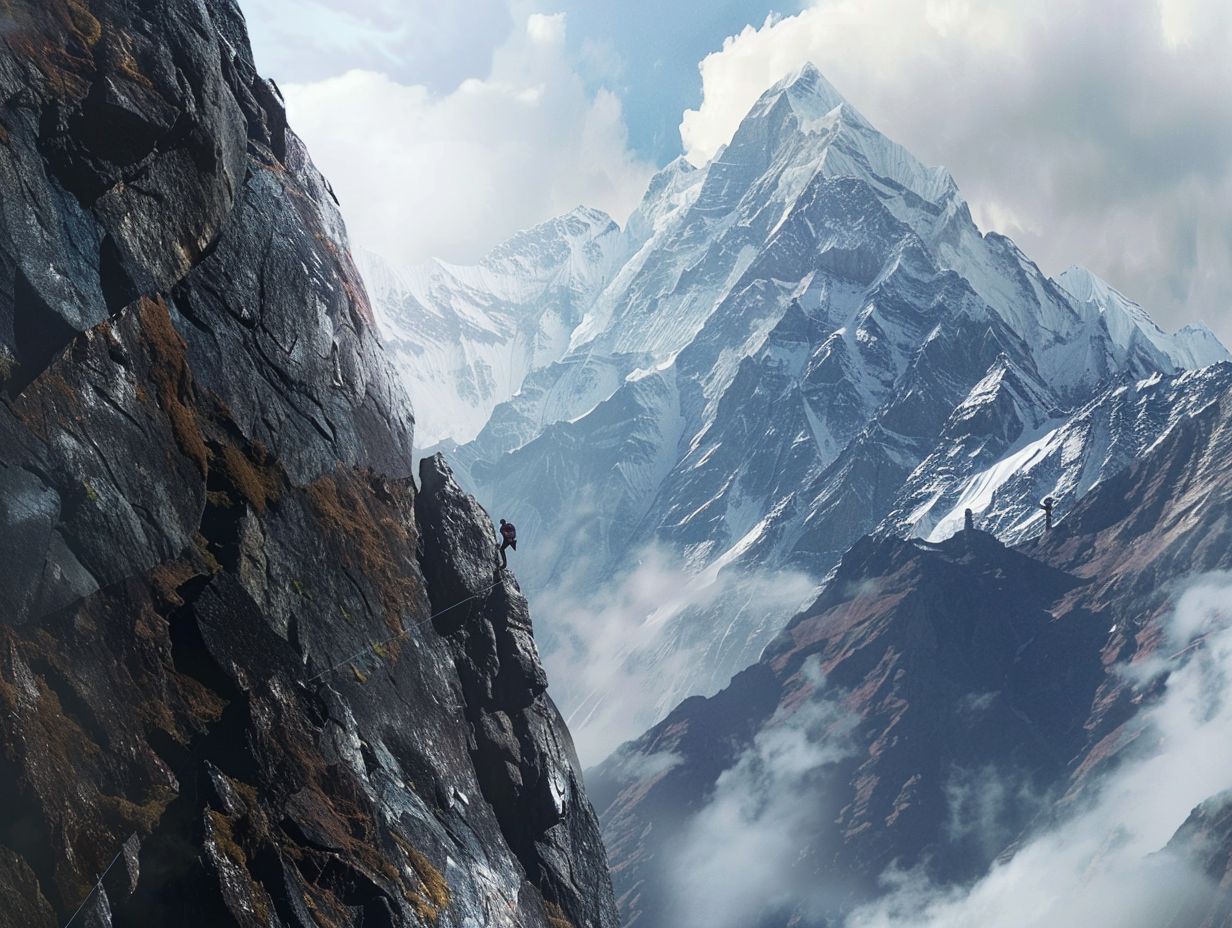
Dehydration is a common risk for climbers on Kilimanjaro due to the high altitude, physical exertion, and dry mountain air, which can lead to fatigue, dizziness, and decreased performance during the ascent.
Climbers face several challenges when it comes to staying properly hydrated during their expedition up the majestic Kilimanjaro.
The combination of reduced oxygen levels at high altitudes and the body’s increased water loss due to physical exertion makes it crucial to maintain optimal hydration levels.
Water intake becomes even more critical in such environments to prevent dehydration, which impacts physical performance and leadS to serious health issues.
It’s essential to pay attention to signs of dehydration such as dark urine, thirst, headache, and fatigue, as ignoring these could pose significant risks.
Ensuring a proper balance of electrolytes is equally important while climbing Kilimanjaro.
Electrolytes like sodium, potassium, and magnesium play a vital role in maintaining bodily functions. Incorporating electrolyte-rich foods or drinks into the diet can help replenish these essential minerals.
To combat dehydration effectively, climbers are advised to carry an adequate supply of water and electrolyte-rich beverages throughout the ascent.
It’s recommended to consume small, frequent sips of water to gradually hydrate the body and avoid overwhelming the system.
Incorporating foods with high water content, such as fruits and vegetables, can be beneficial in providing both hydration and essential nutrients during the climb.
4. Injury
Injuries such as falls, sprains, or cuts are potential hazards for climbers on Kilimanjaro, requiring caution, proper equipment, and adherence to safety protocols to minimize the risk of accidents during the expedition.
When attempting the challenging ascent of Kilimanjaro, climbers face various dangers that can result in serious injuries if precautions are not taken.
Falls are a common type of accident due to the rugged terrain and unpredictable weather conditions.
Sprains from overexertion and cuts from sharp rocks are frequent occurrences.
To mitigate these risks, climbers must prioritize safety by following the guidance of experienced guides, maintaining physical fitness, and being prepared with proper gear.
How to Prepare for Climbing Kilimanjaro?
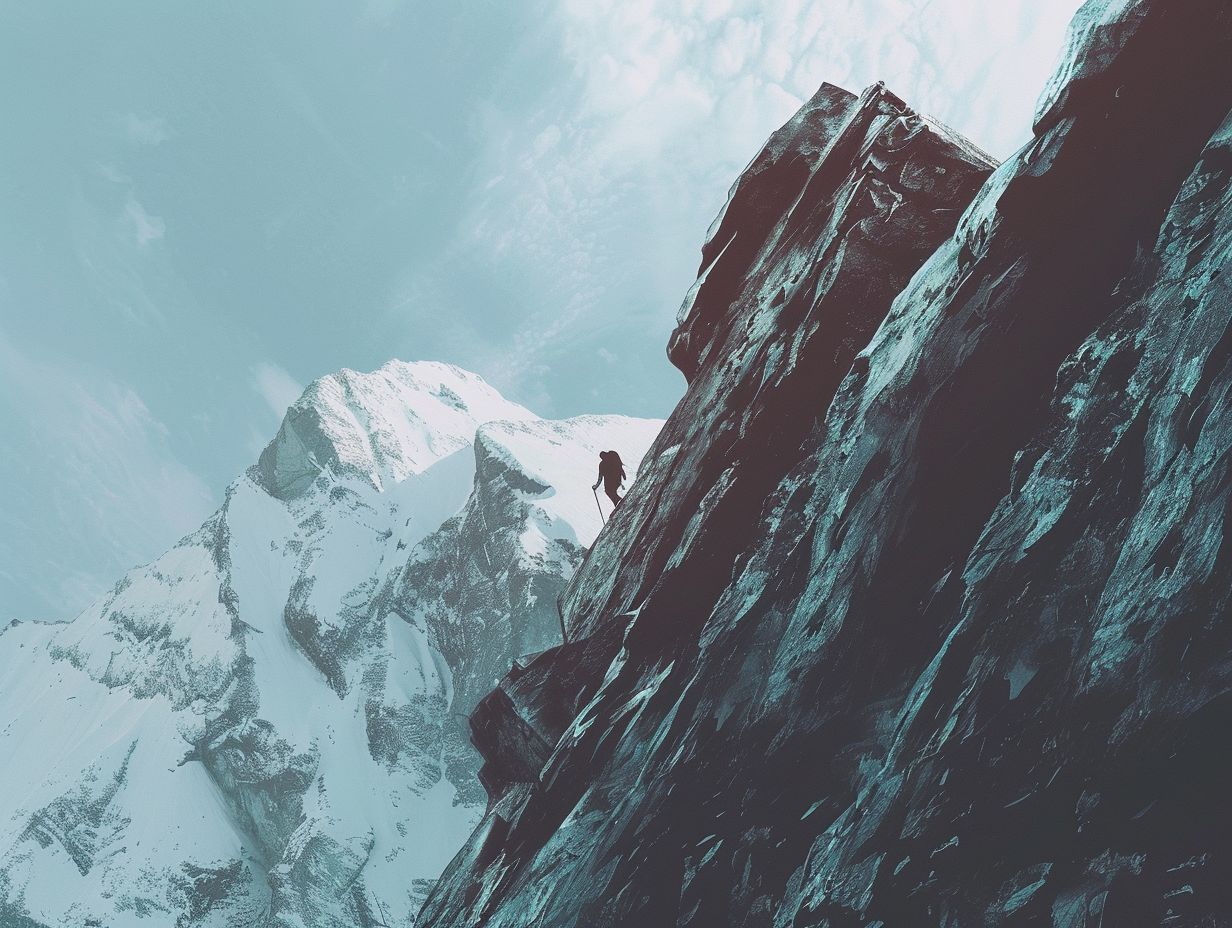
Proper preparation is essential for a successful climb of Kilimanjaro, involving physical training, gear selection, route planning, and acclimatization to high altitudes.
Physical fitness training is crucial for the strenuous hike up Kilimanjaro, requiring a combination of cardiovascular endurance, strength, and flexibility. Building up your fitness level beforehand will help you tackle the demanding terrain and long hours of walking.
1. Train for Physical Fitness
Physical fitness training is focusing on cardiovascular endurance, strength, and stamina to cope with the demands of high-altitude trekking.
Climbers who embark on the journey must ensure they have adequate cardiovascular endurance, which can be built through activities like running, cycling, or hiking with an incline.
Strength training is also essential, targeting major muscle groups to improve overall strength and stability.
Incorporating exercises like squats, lunges, and core workouts can help climbers navigate challenging terrains.
To address altitude-related issues, incorporating high-altitude training sessions or using altitude simulation masks can aid in acclimatization, reducing the risk of altitude sickness.
2. Acclimatize to High Altitude
Acclimatization to high altitudes is crucial for climbers attempting Kilimanjaro to minimize the risk of altitude sickness.
During acclimatization, the body undergoes remarkable physiological adjustments to cope with the challenges of high altitudes.
Key changes include increased production of red blood cells to enhance oxygen-carrying capacity, higher breathing and heart rates to compensate for lower oxygen levels, and widening of blood vessels to improve circulation.
To aid in acclimatization, climbers are advised to follow a gradual ascent profile, allowing ample time for adaptation.
This involves incorporating rest days, hydrating adequately, eating high-carb meals, and maintaining a steady pace.
In addition, oxygen supplementation through portable systems or hyperbaric chambers can be beneficial, especially during the final ascent to the summit.
3. Pack Appropriate Gear and Supplies
Packing essential gear and supplies is essential for climbers preparing to conquer Kilimanjaro, including proper clothing, footwear, camping equipment, and nutrition to support their trekking journey.
Quality gear can make or break your Kilimanjaro expedition. Start with sturdy, well-fitted hiking boots with excellent grip to navigate diverse terrain.
Layering is key, so bring moisture-wicking base layers, insulating mid-layers, and a waterproof outer shell.
A reliable tent, sleeping bag rated for low temperatures, and inflatable sleeping pad are crucial for resting comfortably.
Pack high-energy snacks, freeze-dried meals, and a hydration system to stay fueled and hydrated during the demanding trek.
Being self-sufficient with your gear and supplies ensures you’re prepared for any challenge the mountain presents.
4. Research and Plan Your Route
Researching and planning your climbing route on Kilimanjaro is essential for a safe and successful expedition.
When deciding on a route, you need to assess the difficulty level that aligns with your climbing experience and physical fitness.
Understanding the elevation gain along the route is crucial in preparing for the altitude challenges.
It’s also wise to factor in the number of acclimatization stops to allow your body to adjust gradually.
Choosing a reputable operator is key to ensuring efficient logistics, experienced guides, and safety measures in place. Research the operators thoroughly to find the one that best suits your needs and preferences.
Frequently Asked Questions
1. Who Should Not Climb Kilimanjaro?
A: There are certain individuals who may not be suited for climbing Kilimanjaro due to physical or health limitations. Here are some frequently asked questions and answers about who should not climb Kilimanjaro.
2. Can pregnant women climb Kilimanjaro?
A: Pregnant women are not advised to climb Kilimanjaro due to the high altitude and strenuous physical activity involved. It can be dangerous for both the mother and the baby. If you are pregnant, it is best to consult with your doctor before considering climbing Kilimanjaro.
3. Are there any age restrictions for climbing Kilimanjaro?
A: There is no official age restriction for climbing Kilimanjaro, but it is recommended that climbers be at least 12 years old. Elderly individuals with underlying health conditions may also not be suited for the journey. It is important to consult with a doctor before attempting the climb.
4. Can people with heart conditions climb Kilimanjaro?
A: Individuals with heart conditions may not be able to handle the high altitude and physical demands of climbing Kilimanjaro. It is important to consult with a doctor and get clearance before attempting the climb.
5. Is Kilimanjaro suitable for individuals with respiratory problems?
A: Climbing Kilimanjaro involves high altitude and low oxygen levels, which can be challenging for individuals with respiratory problems. It is best to consult with a doctor and get clearance before attempting the climb.
6. Can people with disabilities climb Kilimanjaro?
A: People with disabilities may not be able to safely climb Kilimanjaro due to the challenging terrain and high altitude. However, there have been successful climbs by individuals with certain disabilities. It is best to consult with a doctor and experienced guide before attempting the climb.
7. Are there any medical conditions that can prevent someone from climbing Kilimanjaro?
A: There are various medical conditions that can make climbing Kilimanjaro unsafe, such as severe asthma, diabetes, and high blood pressure. It is important to consult with a doctor and get clearance before attempting the climb to ensure your safety and the safety of others in your group.